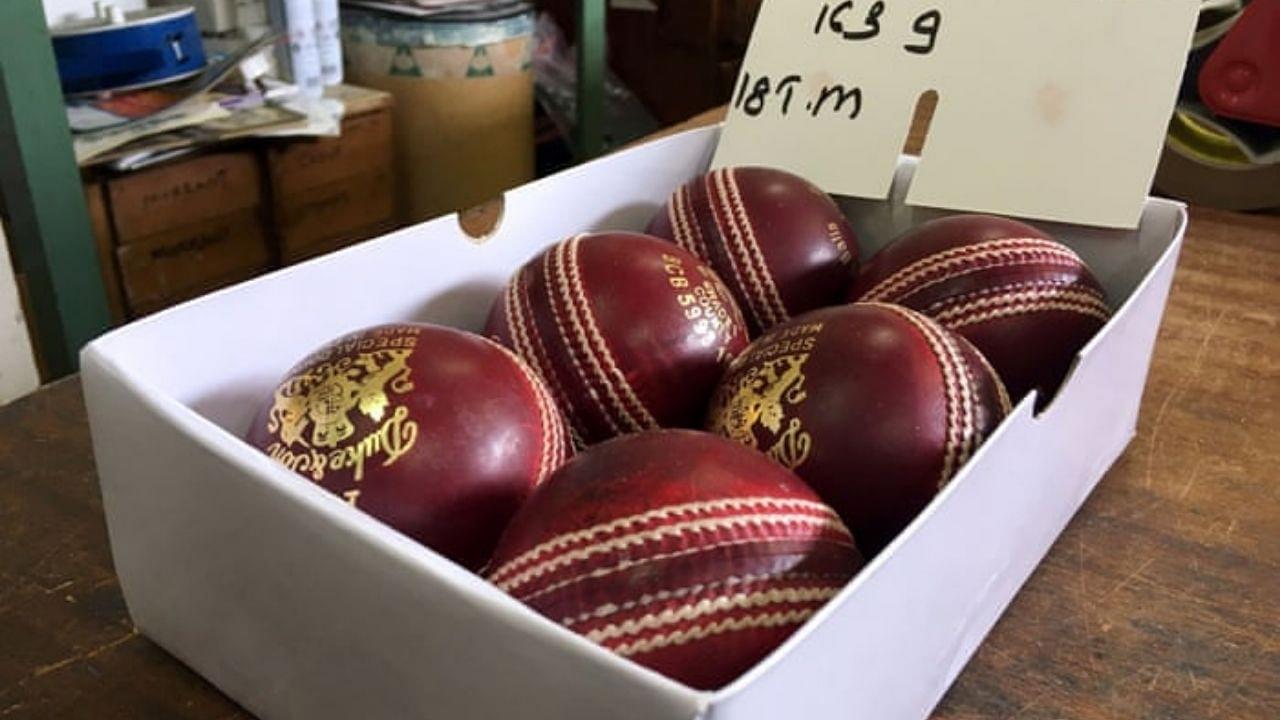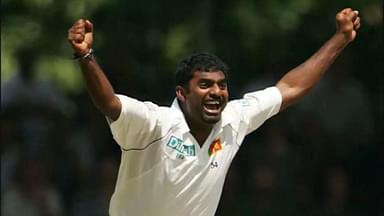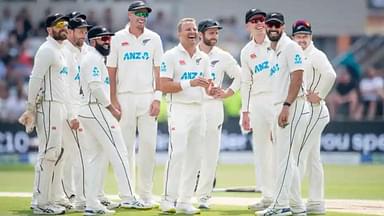New ball rule in Test cricket: Unlike white-ball matches, captains have the option of opting for a new ball in Test cricket.
Advertisement
Irrespective of the format, a new ball in cricket always generates unmatched excitement for it is a phase of play which can work for both teams depending on the match situation and format.
While ODI cricket had a mandatory rule of changing the ball after the 34th over until few years ago, modern-day cricket only has the option of changing a ball in Test matches.
New ball rule in Test cricket
The choice of opting for a new ball lies with the fielding captain. Having said that, the same option is only available after 80 overs have been bowled with one ball. The fielding captain, upon his wish, can opt for a new ball anytime after the 80th over has been bowled.
Let us understand the new ball rule in Test cricket with an example from the recently concluded first Test match between India and England in Chennai. After England captain Joe Root won the toss and chose to bat, his team batted for a whopping 190.1 overs in the first innings.
Going by the 80-over rule, India captain Virat Kohli should’ve opted for a new ball after the 80th and 160th over but it wasn’t to be. While Kohli first opted for a new ball after the 81st over, India took their second new ball in the 186th over. The same meant that Indian bowlers continued to bowl with an old ball throughout the second day of the Test match.
ALSO READ: What is the maximum number of no-balls bowled in a Test match?
It is worth mentioning that Kohli didn’t opt for a new ball on the second day (preferably after the 160th over) because the Indian fast bowlers were reverse swinging the ball in the third session of Day 2. It was a ploy by the hosts to make optimum use of the reverse swing on offer. While the same didn’t yield favourable results for India, such things are pretty common in Test matches.
According to MCC’s Law 4.4, “In a match of more than one day’s duration, the captain of the fielding side may demand a new ball when the number of overs, excluding any part overs, bowled with the old one is equal to or greater than 80 overs. The umpire shall inform the other umpire and indicate to the batsmen and the scorers whenever a new ball is taken into play”.
Something which goes without saying is that a new ball is used whenever a new innings begins in cricket. Irrespective of the number of overs bowled in the previous innings, a new innings will always start with a new ball.
What happens when a ball is lost in cricket?
In situations when a ball is lost or its condition is unfit to play for normal use, the decision of calling for a replacement ball rests with the on-field umpires. A common sight when a ball goes out of shape is an umpire passing it through a ring-shaped device and taking a decision on whether a replacement ball is needed or not.
Look at the flicka da wrist!
New ball taken #AUSvIND pic.twitter.com/qsBlXImLVq
— cricket.com.au (@cricketcomau) January 11, 2021
In such a case, the umpires will pick a ball which has the same or at least similar wear and tear on it as the original ball. The same is then informed to the batsmen for they can also have a look at the replacement ball before resumption of play.



